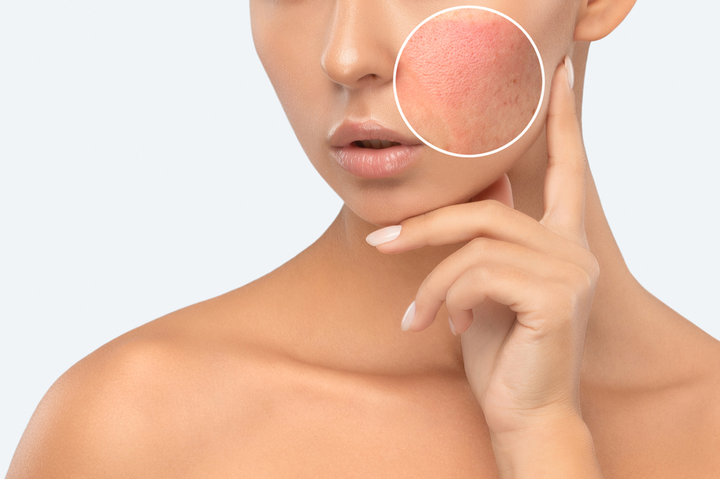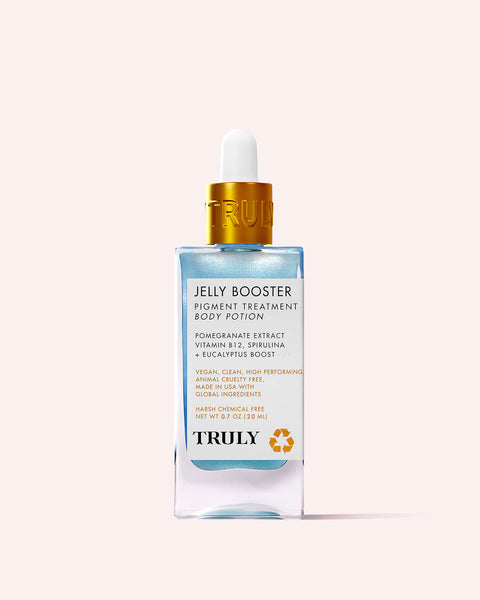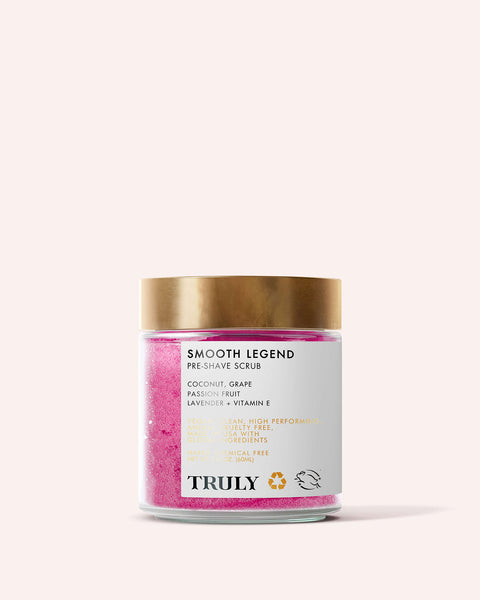Your Guide to Hives on the Face

Picture this: It’s a beautiful, sunny Saturday afternoon. You’re grilling out with friends – enjoying an impressive spread of snacks and your favorite cocktail. That’s when you feel it. Your face feels hot, itchy, and overall uncomfortable. Oh no…hives!
You probably start to wonder – Where did this come from? Was it something you ate? Do you need to see a doctor?
In this article, we explore everything you need to know about hives on the face and how to treat them.
WHAT ARE HIVES… ACTUALLY?
By definition, hives are a raised, itchy area of the skin that may be a sign of an allergic reaction or medical condition. Aside from being red and splotchy in appearance, hives can also be super uncomfortable. After they pop up, it’s almost impossible to ignore the burning feeling and even more impossible to continue enjoying your Saturday afternoon.
To make matters worse, hives can pop up anywhere on your body – including your face. Facial hives often comes with painful swelling of the lips and eyelids. In more serious cases (severe allergic reactions), swelling can occur inside the throat - making it extremely difficult to breathe and speak.
Hives typically appear suddenly and without warning. The good news is – more often than not, hives on your face are temporary and go away within a few hours.
Unfortunately, there is a long list of potential triggers. This makes it pretty difficult to identify the cause of your untimely facial hives, but understanding common allergies and illnesses definitely helps!
WHAT CAUSES HIVES ON THE FACE?
There are several sources known to trigger hives - which often makes it super hard to pinpoint exactly why you broke out in the first place. According to the Northeast Dermatology Association, the most common causes of hives are allergic reactions, stress, medical conditions, physical exercise, and environmental factors.
You’re allergic to something…
Allergies are super common. In fact, 50 million Americans experience various types of allergic reactions each year. Don’t worry – not all allergies cause you to break out in hives, but there are certain allergens that commonly result in facial hives (like peanuts, eggs, and shellfish). Additionally, certain colorings, preservatives, cosmetics, and skincare products are also known triggers – depending on the severity of your allergy.
You’re Super Stressed…
Breaking out in hives after a stressful day at work? It’s probably not a coincidence. Stress can sometimes cause chemical and hormonal changes within your body that result in temporary facial hives. When your body experiences prolonged stress, it can trigger a response in the sympathetic nervous system and release Histamine – the compound that causes your uncomfortable facial hives.
You Have Infection, Virus, or Other Illness…
Unfortunately, there are several infections and illnesses out there that list hives as a symptom. Medical conditions like the common cold, lupus, and hepatitis are often accompanied by itchy facial hives. If you experience frequent break outs, you may want to reach out to your doctor to make sure your hives aren’t a symptom of something more serious.
You’re Having a Reaction to Sweat…
Allergic to your own sweat? Believe it or not, it’s totally possible – according to Dr. Miriam Anand, an allergist at Allergy Associates & Asthma. Although it’s a less common, physical exercise and sweat can also cause hives to suddenly appear. If you experience facial hives every time you finish a workout, your skin may be having a reaction to sweat. Sweat glands produce a specific antibody that cause many individuals to have a reaction. These types of hives usually fade after sweat is removed from the skin – AKA, when you take a shower.
Your Physical Environment is Causing a Flare Up…
Environmental factors and your physical location also play a role here. Exposure to sunlight, extreme cold, skin friction (like wearing tight or restrictive clothing), air pressure, and air quality are all examples of physical triggers that can cause you to experience hives on the face. In fact, a recent study found that people living in an area with mild weather conditions experience hives much less often than those living in an area with more extreme weather conditions (intense hot or cold temperatures).
HOW DO YOU GET RID OF HIVES ON THE FACE?
Here’s the good news: hives are temporary, and they typically go away all on their own – thank goodness! But, if the itchy, burning sensation becomes too much to handle – there are a few things you can do.
For Minor Cases…
According to the American Academy of Dermatology, using a cold compress or any over-the-counter antihistamine medication will effectively treat most types of facial hives. At the very least, a combination of the two will certainly relieve the itching. This treatment plan is perfect if you have a random breakout or only experience hives every now and then.
For Chronic Hives…
The condition is considered “chronic” if the hives appear for more than six weeks and flare up frequently. If this sounds like you, you might want to take some extra steps to prevent and prepare for your next break out. In certain cases, doctors can prescribe histamine blockers, anti-inflammatory medications, and even antidepressants to help lessen swelling, redness, and itching. If you experience facial hives pretty regularly and want a quick fix, have a chat with your doctor and weigh your options.
For Severe Reactions…
It’s important to know that if your hives are accompanied by more serious symptoms, you should seek medical attention immediately. Symptoms like intense swelling of the throat and difficulty breathing are usually signs that you are having a severe allergic reaction – which will not go away on its own.
We recommend following a soothing skincare routine starting with Truly’s Super Matcha Facial Cleanser, followed by Hemp Oil Facial Serum, and finished with Cream Skin Face Moisturizer.
























































